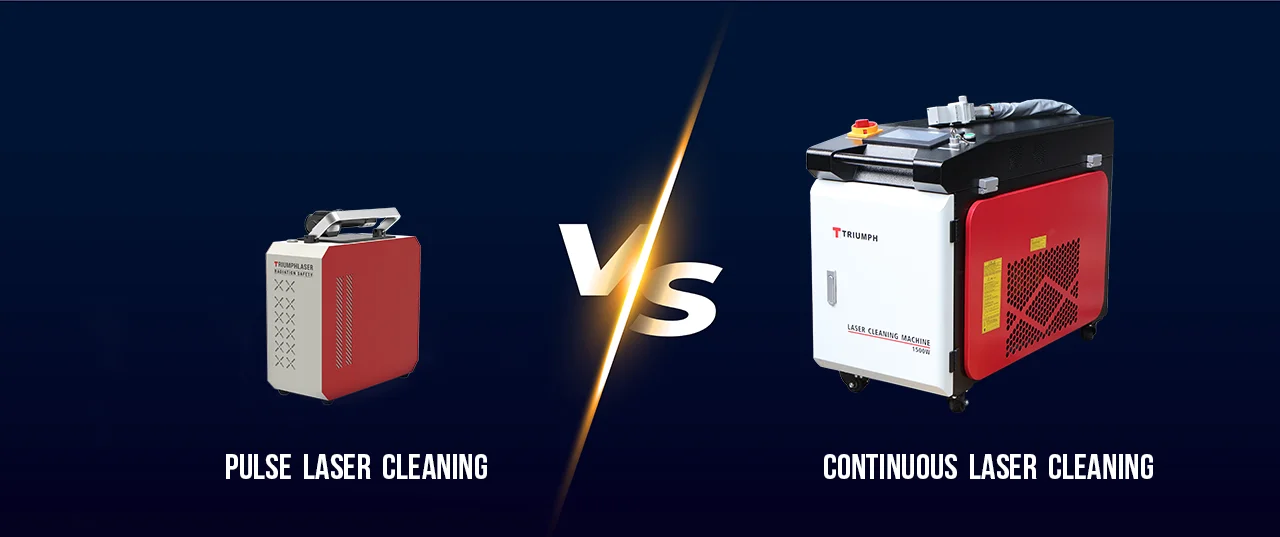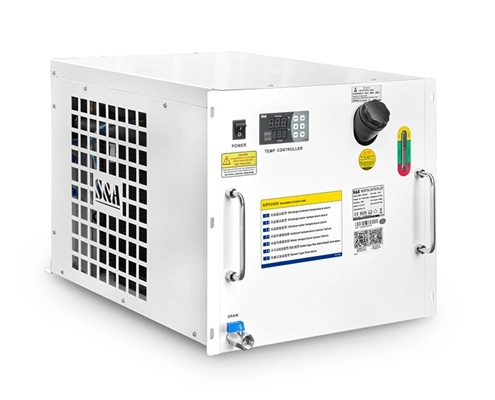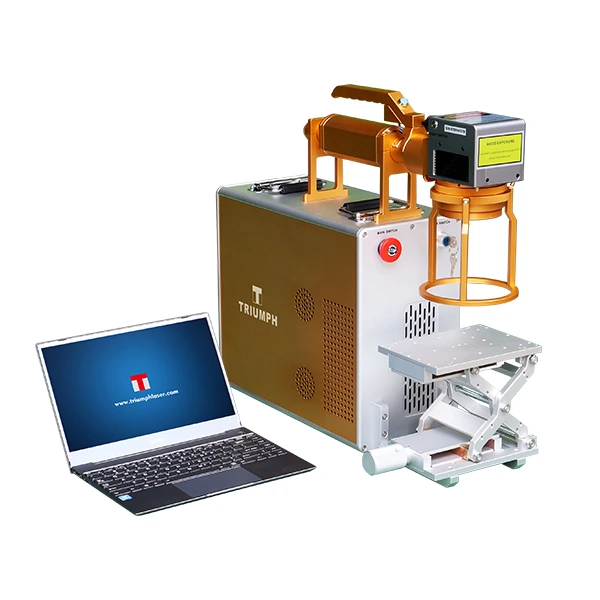Which Laser Cleaning Machine is Right for You?
Pulse Laser VS Continuous Laser Cleaning Machine
Main Differences Between the Two Laser Cleaning Machines
| Pulse Laser | Continuous Laser | |
| Laser Type | Pulsed Laser (Q-switched) | Continuous Wave (CW) Laser |
| Output Mode | High-frequency, short bursts | Stable, continuous beam |
| Power Range | 100W-300W | 1500W-3000W |
| Peak Power | Very high (instant energy release) | Relatively low (average energy output) |
| Heat Affected Zone | Minimal – no material damage | Significant – may affect base material |
| Suitable Materials | Aluminum, copper, stainless steel, molds, etc. | Carbon steel, heavy rusted surfaces, large steel structures |
| Best For | Precision cleaning, mold cleaning, cultural relics cleaning | Fast rust removal, thick coating/paint removal, industrial surfaces |
| Cleaning Efficiency | Moderate (approx. 2–5 ㎡/h) | High (approx. 6–15 ㎡/h) |
| Cleaning Depth | Surface contamination, light rust | Thick rust, oxide layers, paint, grease |
| Base Material Damage | No, safe for precise cleaning | Heat is concentrated, may damage thin materials |
| Power Consumption | Around 1–2 KW | 5 KW or more |
| Machine Cost | Higher (due to laser source cost) | Moderate (cost-effective) |
| Size & Portability | Compact, portable models available | Larger, industrial-style machines |
| Typical Users | Aerospace, Electronics, Molds, Cultural Artifacts | Heavy Industry, Shipbuilding, Automotive, Pipelines,Rail Transit |
| Machine weight | 20-30kg | 100-150kg |
| Machine Size | 500×200×400mm | 900×450×700mm |


 triumphlaser
triumphlaser triumphlaser
triumphlaser